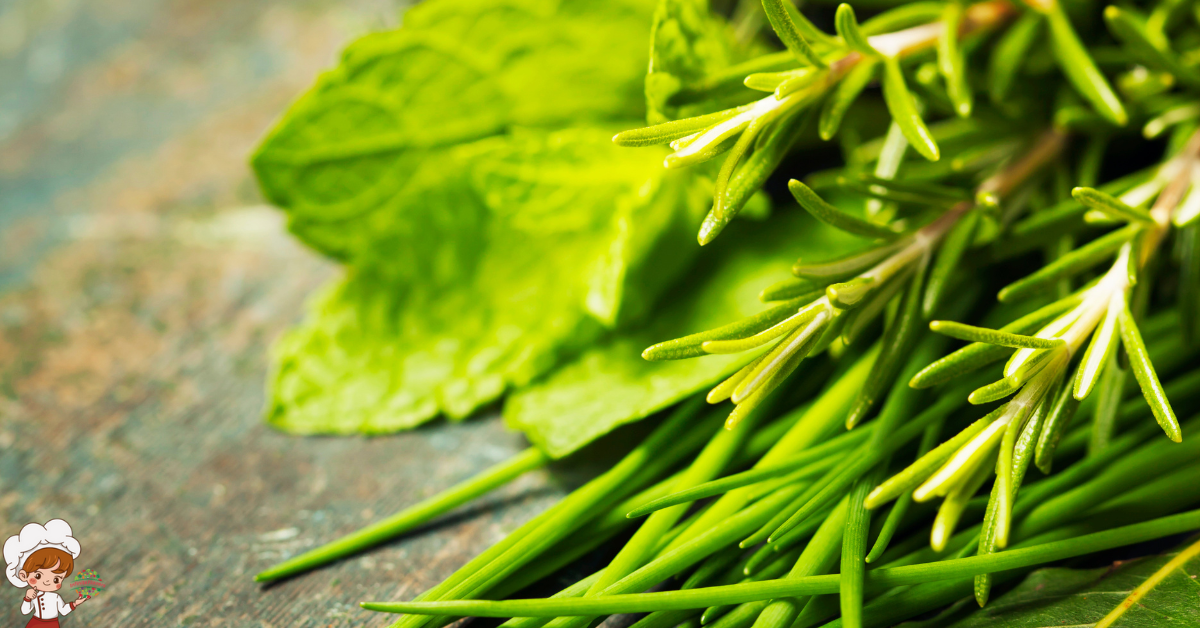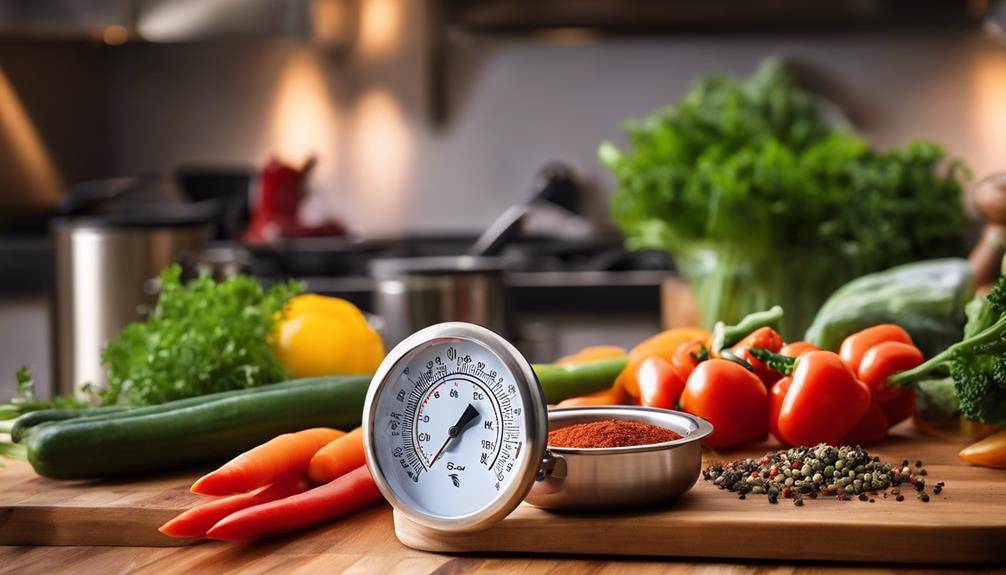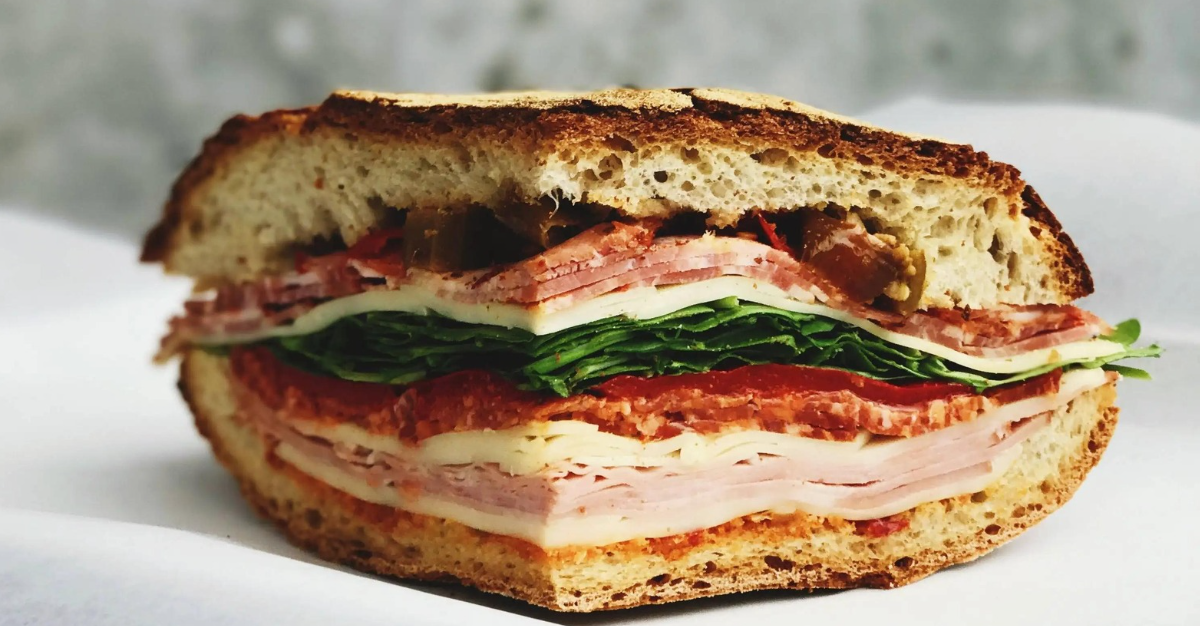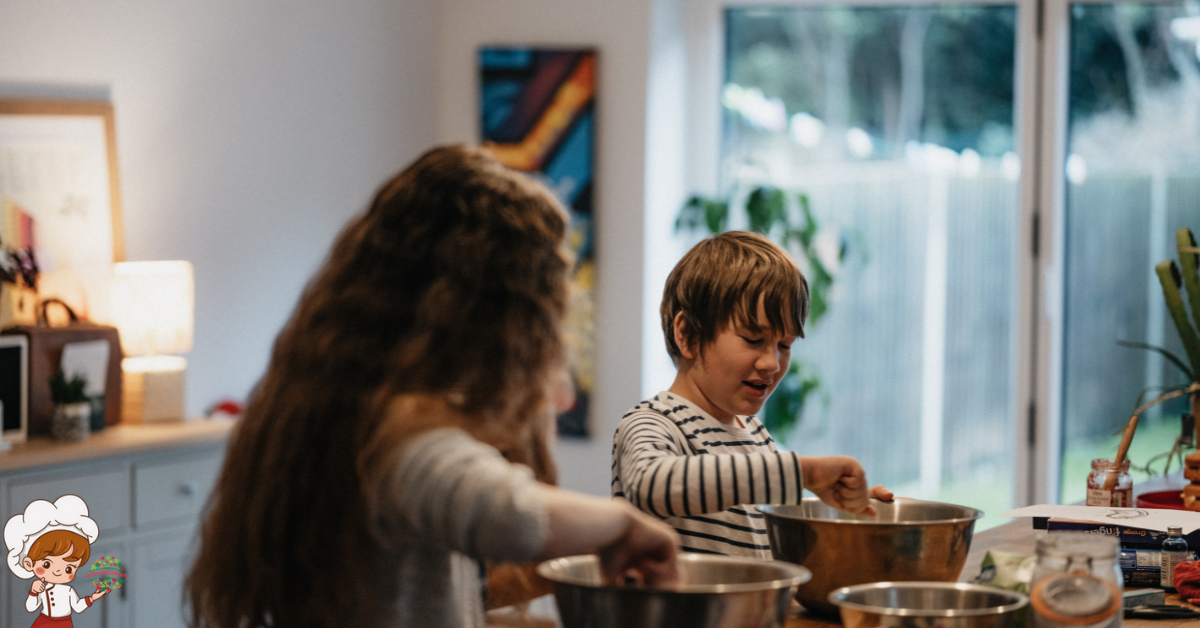The Best Way’s to Perfect Your Baking

Perfect Your Baking; Did you know that there are specific techniques you can use to perfect your baking? These techniques are often overlooked, but they can make a significant difference in the outcome of your baked goods. From measuring ingredients accurately to understanding oven temperatures, each step plays a crucial role in achieving that desired texture and flavor. But that’s not all – there’s so much more to learn! So, if you’re ready to take your baking skills to the next level, keep on reading to uncover these invaluable techniques that will elevate your creations to new heights.
Perfect Your Baking: Properly Measuring Ingredients
To ensure accurate and consistent results in your baking endeavors, it is crucial to properly measure your ingredients. Measuring accuracy plays a vital role in the success of your baked goods. When it comes to dry ingredients, such as flour, sugar, and cocoa powder, it is essential to use the correct measuring techniques. The most accurate way to measure dry ingredients is by using a kitchen scale. This allows you to measure the exact amount required, ensuring precise results.
However, if you don’t have a scale, you can use measuring cups and spoons. When using measuring cups, make sure to spoon the ingredients into the cup and level it off with a straight edge for accurate measurements. Avoid packing the ingredients as it can lead to excess amounts and affect the texture of your baked goods.
When it comes to liquid ingredients, always use a liquid measuring cup with clear markings. Place the measuring cup on a flat surface and pour the liquid until it reaches the desired mark. Be sure to check the measurement at eye level for accuracy. Remember, even a slight difference in measurement can significantly impact the outcome of your recipe.
In addition to measuring accuracy, ingredient substitutions are also important to consider. While it’s tempting to make substitutions based on what you have on hand, it’s crucial to understand the impact they can have on your baked goods. Swapping ingredients can alter the taste, texture, and overall outcome of the recipe. It’s best to refer to reliable sources or consult baking experts for appropriate substitutions. By following proper measuring techniques and understanding ingredient substitutions, you can achieve consistent and delicious results in your baking endeavors.
Understanding Oven Temperatures
Now let’s talk about understanding oven temperatures. When it comes to baking, knowing the optimal temperature for your recipe is crucial. Different recipes require different temperatures, so it’s important to follow the instructions carefully. Additionally, preheating your oven before baking ensures that your baked goods cook evenly and achieve the desired texture and taste.
Optimal Baking Temperatures
Understanding oven temperatures is essential for achieving optimal baking results. To ensure your baked goods come out perfectly every time, it’s important to know the right temperature to set your oven at. Baking at the correct temperature is crucial for achieving the desired texture, color, and flavor. If your oven is too hot, your baked goods may burn on the outside while remaining undercooked on the inside. On the other hand, if your oven is too cool, your baked goods may not rise properly and end up dense and doughy.
To determine the optimal baking temperature for a specific recipe, always refer to the instructions provided. If you’re experiencing issues with your baking, such as uneven browning or longer than expected baking times, it’s worth checking the accuracy of your oven temperature using an oven thermometer.
Importance of Preheating
Preheating your oven is a crucial step in achieving optimal baking results. The importance of preheating lies in the fact that it allows your oven to reach the desired temperature before you start baking. This ensures that your baked goods are cooked evenly and thoroughly. When you preheat your oven, you are giving it enough time to heat up, allowing the heat to distribute evenly throughout.
This is especially important for delicate items such as cakes and pastries that require precise temperatures for successful baking. Preheating also has the benefit of incorporating air into your baked goods. As the oven heats up, the air inside expands, creating a light and fluffy texture in your final product. So, always remember to preheat your oven to ensure baking success.
Mastering the Creaming Method
To achieve perfect results when baking, it is essential to master the creaming method. Proper creaming techniques are crucial for creating light and fluffy baked goods. The creaming method involves beating together butter and sugar to incorporate air into the mixture, resulting in a tender and moist texture.
To start, ensure that the butter is at room temperature. Softened butter is easier to mix, and it creates a smooth texture when creamed with sugar. Cut the butter into small pieces to facilitate even mixing. Add granulated sugar to the butter and beat them together until light and fluffy. This can be done with an electric mixer or by hand, using a wooden spoon or a spatula. The sugar crystals help to aerate the mixture, creating small pockets of air that will expand during baking.
It is important to cream the butter and sugar for the correct amount of time. Over-creaming can cause the butter to become too soft, resulting in a dense and greasy cake. Under-creaming will not incorporate enough air, leading to a heavy and flat texture. The ideal consistency is achieved when the mixture is pale in color and has a light and fluffy texture.
Troubleshooting common creaming mistakes is essential to perfecting your baking technique. If the mixture appears curdled, it means the butter was too cold or the creaming was inadequate. To fix this, warm the mixture slightly and continue beating until it becomes smooth. If the cake turns out greasy, it is likely due to over-creaming. To prevent this, cream the butter and sugar just until combined and stop once it reaches the desired consistency.
Mastering the creaming method is essential for achieving delicious baked goods. By following proper creaming techniques and troubleshooting common mistakes, you can ensure your cakes and cookies turn out light, fluffy, and absolutely scrumptious.
Incorporating Air With the Folding Technique
When it comes to incorporating air into your baked goods, mastering the folding technique is essential. By gently combining ingredients using a spatula or a whisk, you can avoid deflating the air bubbles that provide lightness and fluffiness to your final product. The benefits of incorporating air through folding include a lighter texture, improved rise, and a more tender crumb.
Proper Folding Techniques
Incorporating air into your baked goods is crucial for achieving a light and fluffy texture, and this can be accomplished through proper folding techniques. When it comes to baking, using the right folding technique is essential for incorporating air into your mixture without deflating it. One common method is the egg folding technique, which involves gently incorporating beaten eggs into the dry ingredients. This helps to create moisture and texture in your baked goods.
To properly fold in the eggs, start by adding a small amount of the beaten eggs to the mixture. Then, using a spatula or a whisk, gently lift the mixture from the bottom and fold it over the eggs. Repeat this process until the eggs are fully incorporated, being careful not to overmix. This technique will ensure that the air is evenly distributed throughout the batter, resulting in a light and fluffy final product.
Benefits of Incorporating Air
Proper folding techniques not only help to achieve a light and fluffy texture in your baked goods, but they also have the added benefit of incorporating air into the mixture, resulting in a more airy and tender final product. When you incorporate air into dough or batter, it creates tiny air pockets that contribute to the overall texture and rise of your baked goods.
Whisking techniques, such as folding, gently incorporate air without deflating the mixture. This is especially important for delicate recipes like soufflés or sponge cakes, where a light and airy texture is desired. By using the folding technique, you can ensure that the air is evenly distributed throughout the mixture, resulting in a consistent and fluffy end product. So, the next time you’re baking, remember to incorporate air through proper folding techniques for a lighter and more tender treat.
Perfecting the Art of Kneading
To master the art of kneading, you can optionally practice regularly and focus on developing a rhythmic motion with your hands. Kneading is a crucial step in bread making as it develops gluten, which gives bread its structure and chewiness. Properly shaping dough and troubleshooting common kneading mistakes are essential for achieving the perfect texture and rise in your baked goods.
When kneading dough, start by lightly flouring your work surface to prevent sticking. Place the dough on the surface and use the heel of your hand to push it away from you. Fold the dough in half and give it a quarter turn. Repeat this process, pushing, folding, and turning, using a rhythmic motion. This helps distribute the yeast evenly and develop gluten strands.
One common mistake in kneading is adding too much flour. While it may seem necessary to prevent sticking, adding too much flour can result in a dry and dense bread. Instead, use a bench scraper to gently lift and fold the dough, incorporating any sticky bits back into the mass.
Another mistake is under-kneading the dough. Kneading should take about 8-10 minutes for most recipes. If you stop kneading too soon, the gluten will not fully develop, leading to a dense and flat loaf. To test if the dough is properly kneaded, perform the “windowpane” test. Stretch a small piece of dough between your fingers; if it can be stretched thin and translucent without tearing, it’s ready.
Balancing Flavors With Taste Testing
When it comes to achieving the perfect balance of flavors in your baked goods, one important technique to utilize is taste testing. Taste testing allows you to assess the flavors in your baked goods and make adjustments as needed to achieve the desired taste. Here are some taste testing techniques and flavor balancing tips to help you perfect your baking.
First, start by taking small bites of your baked goods and pay attention to the different flavors that come through. Is the sweetness overpowering? Is the saltiness just right? By consciously thinking about the flavors, you can identify any imbalances.
Next, try tasting your baked goods alongside other ingredients or flavors that you plan to pair them with. For example, if you are making a fruit tart, taste the fruit filling alongside the tart crust to ensure that the flavors complement each other. This will help you achieve a harmonious balance of flavors.
Another useful technique is to have others taste your baked goods and provide feedback. They may pick up on flavors that you haven’t noticed or suggest adjustments that can enhance the overall taste.
Additionally, keep in mind that flavors can change over time. Some flavors may intensify or mellow out after your baked goods have cooled or rested. Therefore, it’s important to taste your baked goods at different stages to ensure that the flavors are well-balanced throughout.
Lastly, don’t be afraid to experiment and adjust the flavors as needed. You can add a pinch of salt to balance out sweetness, a squeeze of lemon juice to brighten up flavors, or a sprinkle of spices to enhance the overall taste.
Achieving Moisture and Texture With Eggs
To achieve moisture in your baked goods, use egg yolks as they contain fat that helps to retain moisture during baking. Whip egg whites separately and fold them into your batter to create a lighter and fluffier texture. If you’re looking for an alternative to eggs, try using egg substitutes such as applesauce or yogurt to add texture and moisture to your baked goods.
Egg Yolks for Moisture
Egg yolks, with their rich and velvety texture, are a key ingredient for achieving moist and tender baked goods. Not only do they add flavor and richness, but they also contribute to the overall moisture content of your creations. When used in custards, egg yolks provide a creamy and smooth texture that is essential for classic desserts like crème brûlée and custard pies.
The yolks also play a crucial role in emulsions, like mayonnaise and hollandaise sauce, where they help to bind the ingredients together and create a smooth and creamy consistency. Additionally, egg yolks contain natural lecithin, which acts as an emulsifier and helps to stabilize the structure of baked goods, resulting in a moist and tender texture. So don’t be afraid to incorporate egg yolks into your recipes to achieve the perfect level of moisture and texture in your baked treats.
Whipped Egg Whites
After learning about the importance of egg yolks in achieving moisture and texture, let’s now explore the role of whipped egg whites in creating light and airy baked goods. Whipped egg whites are a key ingredient in achieving fluffiness in your baked treats. When you beat egg whites, the proteins in the whites unravel and create a network of air bubbles. This network traps air and expands during baking, resulting in a lighter texture.
To whip egg whites, start with room temperature eggs and separate the whites from the yolks. Beat the whites until they become frothy, then gradually add sugar while continuing to beat until stiff peaks form. These stiff peaks hold their shape and are ready to be incorporated into your batter, providing the desired lightness and lift to your baked goods.
Egg Substitutes for Texture
If you’re looking to achieve moisture and texture in your baked goods without using eggs, there are several effective substitutes you can consider. Egg replacements are a great option for vegan baking or for those with egg allergies. One popular egg substitute is applesauce, which adds moisture and helps keep your baked goods soft and tender.
Another option is mashed bananas, which not only provide moisture but also add a subtle sweetness to your recipes. For a more binding effect, you can use ground flaxseed mixed with water. This mixture creates a gel-like consistency similar to eggs, helping to hold your baked goods together. Silken tofu is another versatile egg replacement that can be used to add moisture and provide structure to your baked goods. By experimenting with these egg substitutes, you can achieve the desired texture and moisture in your baked treats without using eggs.
Enhancing Flavors With Extracts and Spices
To enhance the flavors of your baked goods, incorporate extracts and spices into your recipes. Extracts and spices in baking are essential for adding depth and complexity to your creations. Whether you’re making cookies, cakes, or bread, these ingredients can take your treats to the next level.
When it comes to extracts, vanilla is the most common and versatile option. Its warm and sweet flavor enhances the taste of almost any baked good. Almond extract, on the other hand, adds a nutty and fragrant note that pairs well with fruits and chocolate. If you’re feeling adventurous, try experimenting with other extracts like lemon, peppermint, or coconut, to add a unique twist to your recipes.
While extracts provide concentrated flavors, spices offer a more nuanced taste. Cinnamon, nutmeg, and ginger are popular choices that can infuse your baked goods with warmth and complexity. These spices work well in seasonal treats like pumpkin pie, gingerbread cookies, and apple cinnamon muffins. Cardamom and cloves are also great options for adding a hint of exotic flair to your desserts.
To ensure the best flavor, it’s important to use high-quality extracts and spices. Freshness matters, so check the expiration date on your bottles and replace them if necessary. Store them in a cool, dark place away from heat and moisture to preserve their flavor for longer.
When using extracts and spices, start with small amounts and adjust to your taste. Remember that a little goes a long way, so it’s better to add gradually than to overpower your baked goods with too much flavor. By incorporating extracts and spices into your recipes, you can enhance the flavors and create delicious treats that will impress your family and friends.
Getting to Know Different Types of Flour
Different types of flour have unique characteristics that can greatly impact the texture and flavor of your baked goods. It’s important to understand the different types of gluten and gluten-free options available to make informed choices for your recipes.
When it comes to gluten, there are two main types: high-gluten flour and low-gluten flour. High-gluten flour, also known as bread flour, contains a higher protein content, which gives baked goods a chewy texture. It is ideal for making breads, pizza dough, and bagels. On the other hand, low-gluten flour, such as cake flour, has a lower protein content, resulting in a more tender and delicate texture. It is best suited for cakes, pastries, and cookies.
If you or someone you’re baking for follows a gluten-free diet, there are several alternative flours to choose from. Rice flour is a common gluten-free option that can be used in a variety of recipes. It has a mild flavor and a fine texture, making it suitable for both sweet and savory dishes. Another option is almond flour, which is made from ground almonds and adds a rich and nutty flavor to baked goods. Coconut flour, made from dried coconut meat, is also a popular choice, imparting a subtle coconut taste.
Utilizing the Power of Leavening Agents
Understanding the role and impact of leavening agents is essential for achieving light and fluffy baked goods. Leavening agents are substances that help dough and batter rise by producing gas bubbles, resulting in a lighter texture. By utilizing chemical reactions, you can experiment with different leavening agents to achieve the desired results in your baked goods.
One common leavening agent is baking powder, which is a combination of an acid and a base. When mixed with moisture, baking powder produces carbon dioxide gas, causing the dough or batter to rise. It is essential to use the right amount of baking powder, as too little may result in a dense texture, while too much can cause the baked goods to collapse.
Another leavening agent is baking soda, which is a base. When combined with an acidic ingredient such as buttermilk or vinegar, baking soda produces carbon dioxide gas, leading to a rise in the dough or batter. It is crucial to include an acidic ingredient to activate the baking soda properly.
Yeast is a natural leavening agent commonly used in bread baking. It feeds on sugar and produces carbon dioxide through the process of fermentation. The carbon dioxide gas gets trapped in the dough, resulting in a light and airy texture. Yeast requires time to rise, so patience is key when using this leavening agent.
When experimenting with different leavening agents, it is essential to follow recipes precisely. Changing the type or amount of leavening agent can significantly impact the texture and taste of the final product. By understanding how leavening agents work and utilizing the right chemical reactions, you can achieve perfectly risen and delicious baked goods every time.
The Importance of Resting and Cooling
After achieving the desired results with your chosen leavening agents, it is crucial to understand the importance of resting and cooling your baked goods. Resting and cooling are essential steps in the baking process that contribute to the texture, flavor, and overall quality of your creations.
Resting your baked goods allows them to set and develop their flavors. Whether you’re making bread, cake, or cookies, giving your baked goods time to rest after they come out of the oven is essential. This resting period allows the moisture to redistribute evenly, which helps to ensure a moist and tender texture. Additionally, resting allows the flavors to meld together, resulting in a more harmonious and delicious final product.
Proper cooling techniques are just as important as resting. When you remove your baked goods from the oven, transfer them to a wire rack to cool. This allows air to circulate around the baked goods, preventing moisture from getting trapped and causing them to become soggy. Cooling on a wire rack also helps to prevent the development of condensation, which can lead to a loss of crispness in cookies or a loss of structure in cakes.
It is important to note that the cooling time can vary depending on the type of baked good. For example, bread may require a longer cooling time to fully set its structure, while cookies may need less time to cool and become crisp.
Frequently Asked Questions
Can I Substitute One Type of Flour for Another in a Baking Recipe?
Yes, you can substitute one type of flour for another in a baking recipe. However, it’s important to consider the texture and protein content of the flours. Be sure to accurately measure the flour for best results.
How Do I Know When My Oven Is Preheated to the Correct Temperature?
To know when your oven is preheated to the correct temperature, simply wait for the preheat indicator to turn off. It’s important to properly grease your baking pans and test if a cake is done by inserting a toothpick into the center.
What Is the Difference Between Baking Powder and Baking Soda, and Can They Be Used Interchangeably?
The difference between baking powder and baking soda is that baking powder contains both an acid and a base, while baking soda is just a base. They can’t be used interchangeably in recipes.
How Long Should I Let My Dough Rest Before Baking?
You should let your dough rest before baking for a specific amount of time, known as the proofing time or resting period. This allows the dough to relax, develop flavor, and rise properly, resulting in a better texture and taste in the final baked goods.
What Can I Use as a Substitute for Eggs in a Baking Recipe?
You can use various vegan alternatives to eggs in your baking recipes. Some options include mashed bananas, applesauce, yogurt, or flaxseed mixed with water. These substitutes provide moisture and binding properties similar to eggs.
Conclusion
In conclusion, by applying these techniques, you can elevate your baking skills to new heights. Properly measuring ingredients and understanding oven temperatures ensure consistent results. Mastering the creaming method and incorporating air with the folding technique create light and fluffy textures. Perfecting the art of kneading enhances the structure of your baked goods. Enhancing flavors with extracts and spices and utilizing different types of flour add depth and complexity. Lastly, understanding the power of leavening agents and allowing for proper resting and cooling times ensure the perfect finished product. Happy baking!








